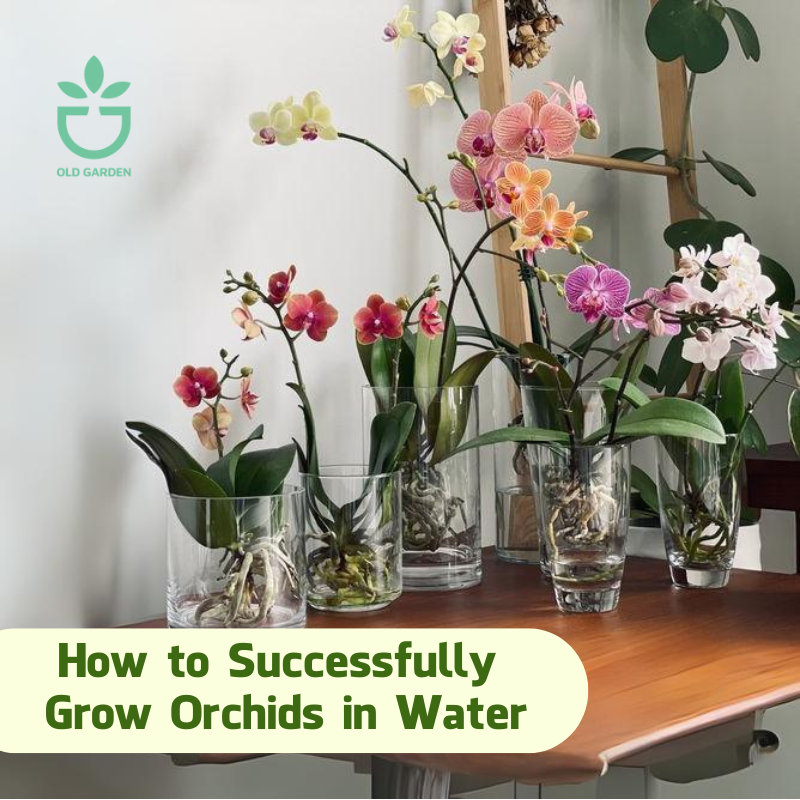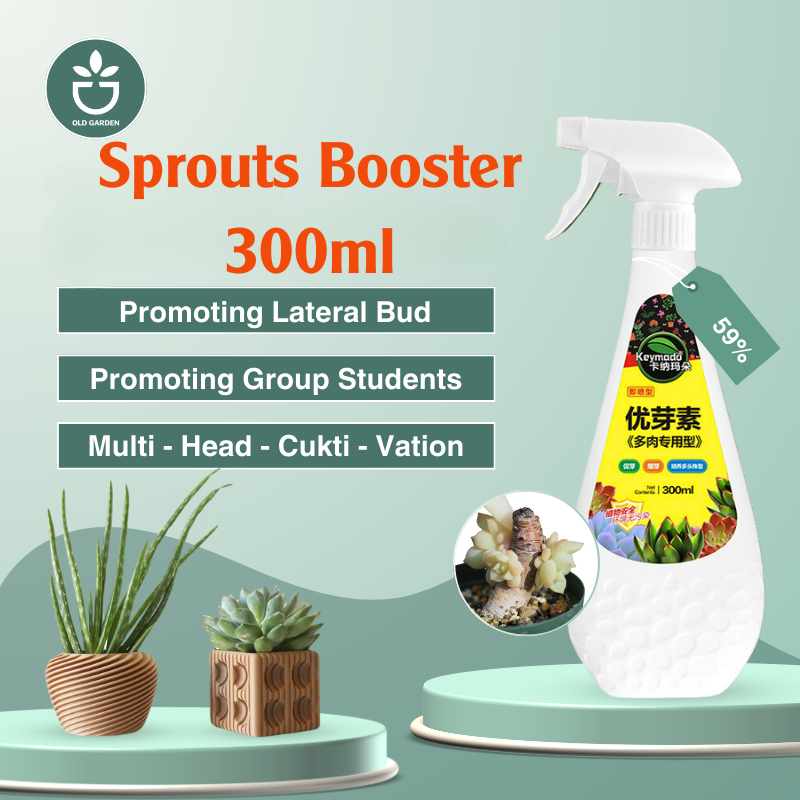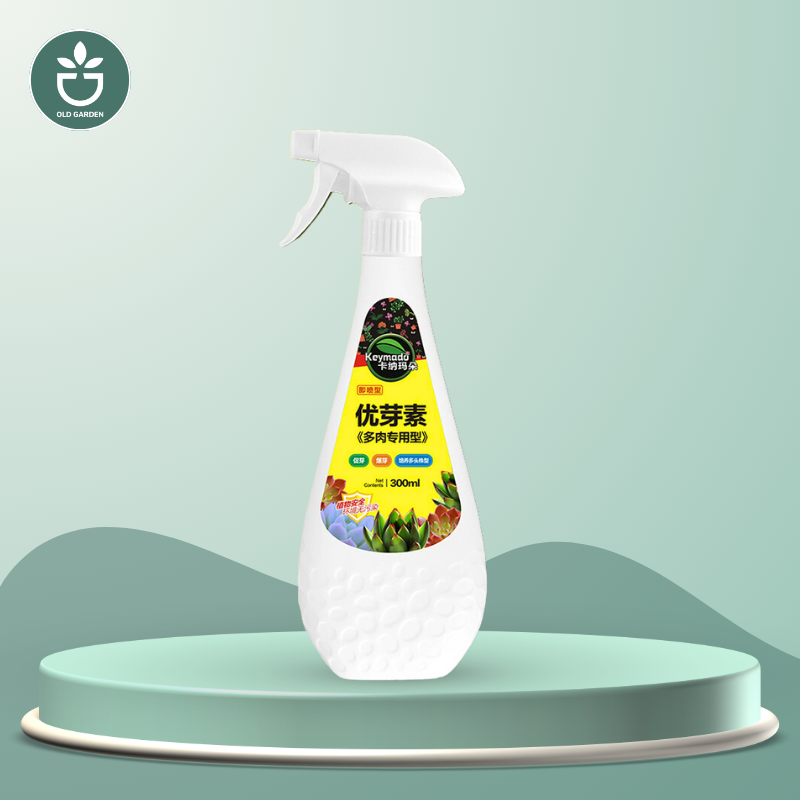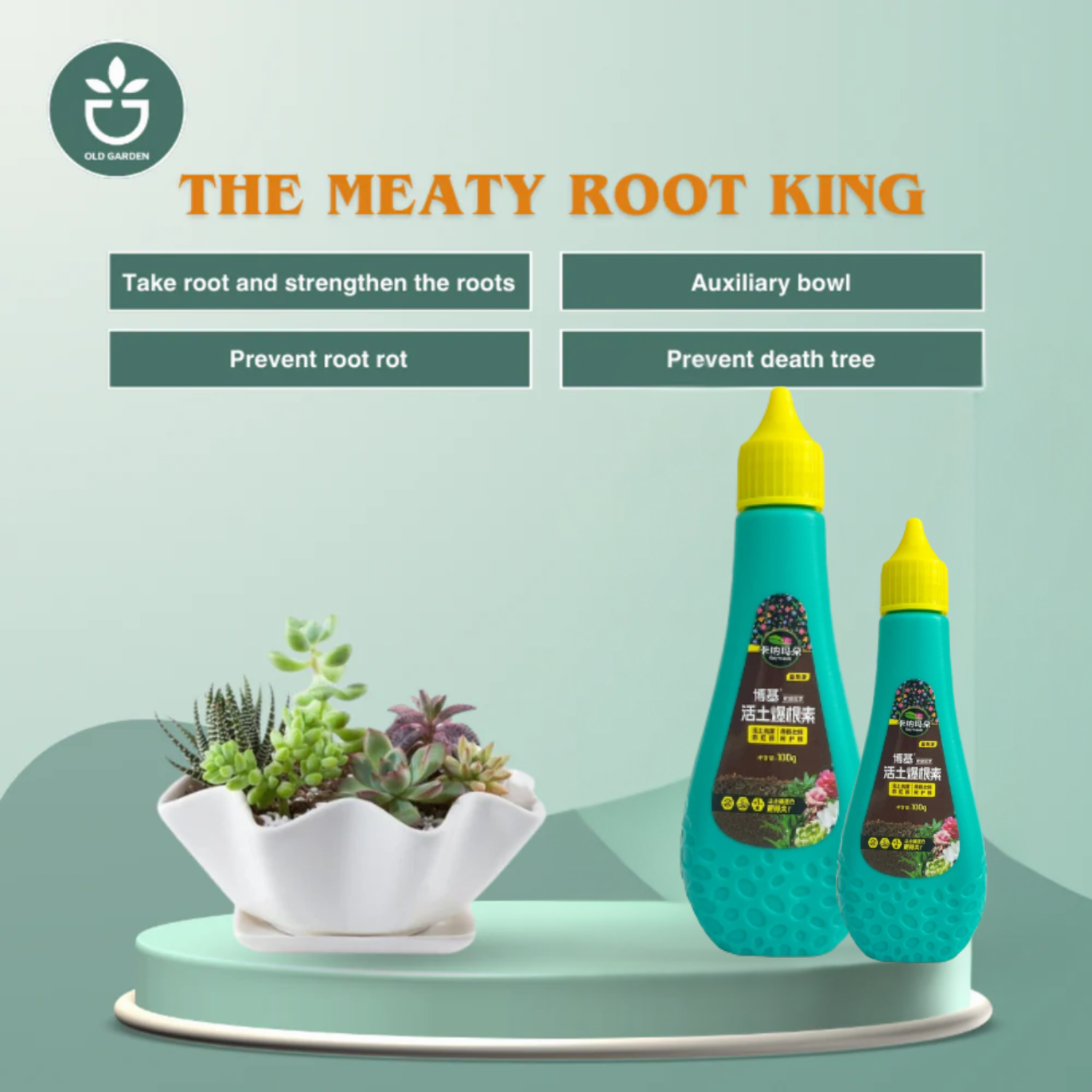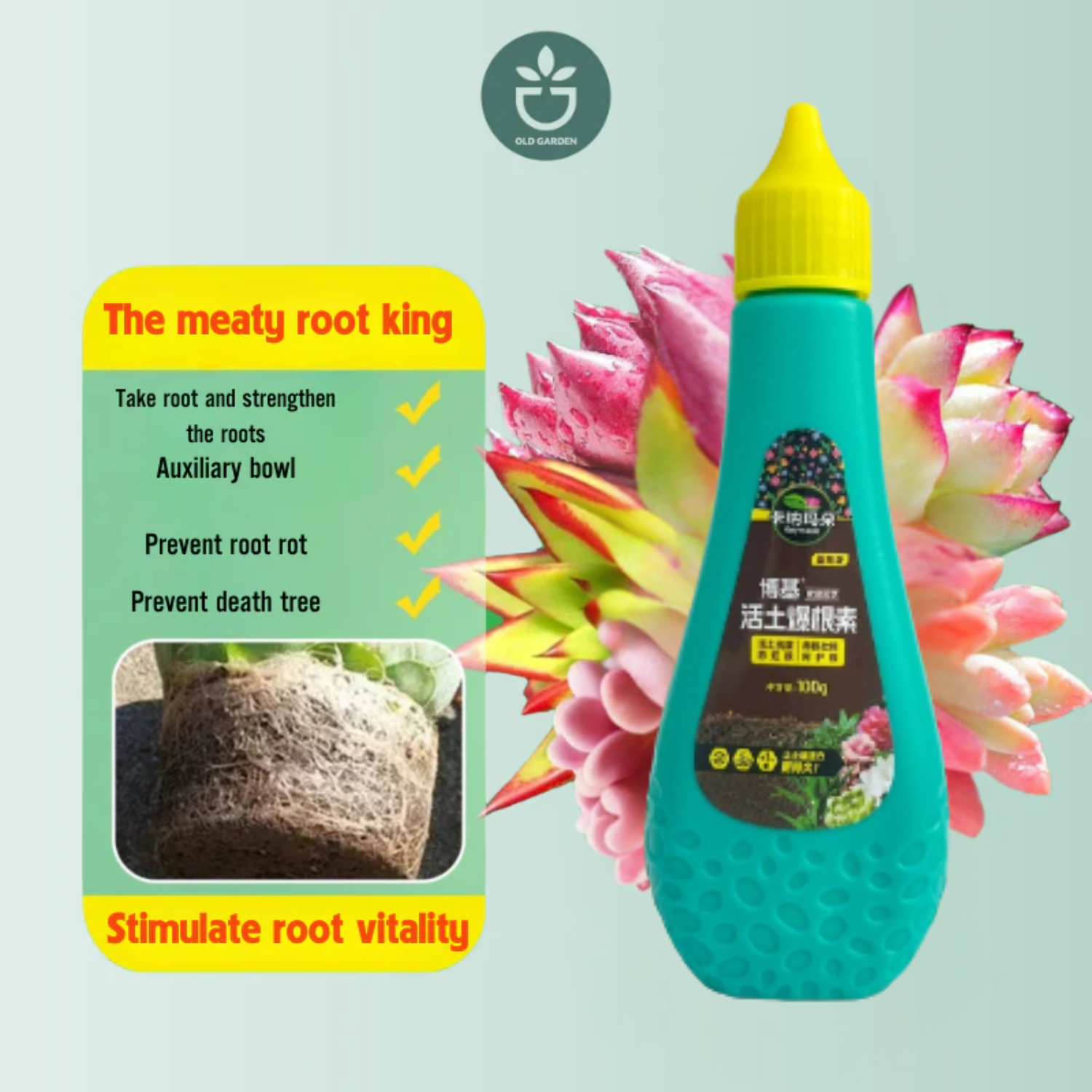Description
Orchids are a type of flowering plant belonging to the family Orchidaceae. They are one of the most popular and diverse species of houseplants. Orchids are renowned for their lovely, lasting flowers, which come in various shapes, sizes, and colors. Orchids are usually epiphytic, which grows on other plants or objects like rocks and terrestrials. Orchids are among the largest families of flowering plants, with over 25,000 species and countless hybrids found in diverse habitats around the world. They can grow in different environments like tropical rainforests, forests with mild weather, grasslands, and even deserts. Places like Southeast Asia, Central and South America, and parts of Africa have lots of different kinds of orchids. Orchids are popular choices for both indoor and outdoor cultivation.
Orchids typically grow in a specialized orchid mix, which is a blend of materials that provide good drainage and aeration for the roots. This mix often includes components such as bark chips, sphagnum moss, perlite, charcoal, or coconut husk chips. The specific medium used can vary depending on the orchid species and its natural habitat, but the goal is to mimic the well-draining conditions found in their native environments.
However, contrary to popular belief, orchids can be grown successfully in water, providing an alternative and rewarding method of cultivation. This comprehensive guide will walk you through the step-by-step process of growing orchids in water, allowing you to enjoy the splendor of these enchanting flowers in your own home.

1. Selecting the Right Orchid: Begin by choosing a suitable orchid variety for water culture. While most orchids can adapt to growing in water, some varieties are better suited for this method than others. Phalaenopsis and Oncidium orchids are particularly well-suited for water culture due to their ability to thrive in high humidity environments.

2. Choosing the Container: Opt for a clear glass or plastic container that is large enough to accommodate the orchid’s roots comfortably. The transparency of the container allows you to monitor root growth and assess water quality easily. Ensure that the container has drainage holes to prevent waterlogging and promote healthy root development.
3. Preparing the Water: Use distilled or filtered water for growing orchids in water. Tap water often contains chemicals and minerals that can accumulate and harm the plant over time. Fill the container with water, leaving a few inches of space between the water surface and the rim of the container.
4. Preparing the Orchid: Select a healthy orchid plant with aerial roots. Aerial roots are essential for water culture as they absorb moisture and nutrients from the air. Rinse the roots under lukewarm water to remove any debris or old potting media.

5. Placing the Orchid in Water: Carefully place the orchid into the container, ensuring that its roots are fully submerged in water. Position the orchid so that its leaves and stems remain above the water surface to prevent rotting. You may use pebbles or stones to anchor the orchid in place and provide additional support.
6. Providing Adequate Light: Place the container in a location with bright, indirect light. Orchids grown in water require sufficient light to photosynthesize and produce energy for growth. Avoid placing the orchid in direct sunlight, as it can cause leaf burn and damage the plant.
7. Monitoring and Maintenance: Regularly monitor the water level and quality to ensure optimal growing conditions for your orchid. Top up the water as needed to maintain the desired level and replenish nutrients. Keep the container clean by changing the water every 1-2 weeks and rinsing the container thoroughly.
8. Fertilizing (Optional): While orchids grown in water can derive nutrients from the surrounding environment, you may choose to supplement their diet with a diluted orchid fertilizer. Apply fertilizer sparingly, following the manufacturer’s instructions, to avoid over-fertilizing and damaging the orchid’s delicate roots.
9. Pruning and Repotting: Periodically inspect your orchid for signs of health and growth. Prune any dead or decaying roots to promote new growth and maintain overall plant health. If the orchid outgrows its container or becomes root-bound, consider repotting it into a larger container with fresh water
10. Enjoying Your Orchid: With proper care and attention, your orchid will thrive and reward you with vibrant blooms and lush foliage. Take pleasure in the beauty and elegance of your orchid grown in water, knowing that you have successfully cultivated this exquisite plant using an unconventional method.
By following these detailed steps and guidelines, you can embark on a rewarding journey of growing orchids in water and create a stunning display of natural beauty in your home. Happy gardening!

